Many years back, I spent several weeks on a European getaway. During my time there, I enjoyed hiking, discovering charming towns, sampling regional dishes, and indulging excessively in a beloved Italian treat: Nutella. This delicious, chocolaty spread was a fixture at both breakfast and dessert.
Returning home, I occasionally bought a jar of Nutella for my enjoyment. However, I began to question its healthiness. As I delved into the ingredients, I discovered it wasn’t the best choice. I went on to craft my own homemade Nutella recipe, but it often requires more time than I can spare.
I was committed to finding a healthier, ready-made, lower-sugar alternative to this spread.
What Exactly is Nutella?
Chocolate hazelnut spread has roots dating back to the early 1800s. At that time, chocolate was a rare commodity due to import restrictions. To stretch the available chocolate, confectioners began adding abundant hazelnuts to create a spreadable delight known as gianduia. This treat sustained its appeal over the years.
The scenario repeated during WWII when chocolate was once again rationed. Pietro Ferrero, an Italian chocolatier, revisited the practice of blending hazelnuts with chocolate. This effort led to the birth of Nutella. Today, Nutella remains immensely popular in both Europe and the United States.
However, the American version is packed with sugar and dubious ingredients. Despite being advertised as a healthful breakfast choice, its high sugar content likens it more to donuts and pastries.
Is Nutella a Healthy Choice?
Nutella commercials might suggest it’s a health food suitable for any mealtime. Its ingredient list appears simple and unthreatening. But a closer examination reveals hidden issues:
"Nutella Ingredients: sugar, palm oil, hazelnuts, cocoa, skim milk powder, whey powder, soy lecithin, and vanillin"
At first glance, these ingredients seem straightforward and relatively healthy. Most of us can easily pronounce them. Yet, further scrutiny reveals the problems within this popular spread.
Nutella’s Ingredients Explored
Certain ingredients prevent Nutella from achieving health food status. It lacks substantial nutritional value or benefits, and the high levels of added sugar and artificial flavors make it something best avoided. If you wouldn’t eat a candy bar for breakfast or serve one to a child, it’s wise to reconsider Nutella as well.
Sugar
The primary ingredient is refined sugar—and not in a small measure. Two tablespoons of this chocolaty spread contain 21 grams of sugar, equivalent to five sugar cubes! This is more than many candy bars or donuts!
Adding to the concern, the sugar isn’t organic. Nutella primarily sources sugar from beets, which is highly refined and often contains significant pesticide levels. Beet sugar is likely to be GMO as well, positioning it far from a health food option.
While there is a time and place for moderate sugar consumption, it’s crucial to select sugar that is both organic and non-GMO.
Palm Oil
Palm oil is a common ingredient in a variety of products, including food, detergents, and beauty items. Sourced from tropical regions, primarily Southeast Asia, palm oil is often harvested in an unsustainable manner, contributing to deforestation, habitat destruction, water pollution, and human rights violations.
Fortunately, not all palm oil harvesting negatively impacts the environment. When sourced responsibly, it can be a highly nutritious component. Initiatives like Palm Done Right seek to increase awareness about choosing ethically produced palm oil. Nutella is made with 100% certified sustainable palm oil, which is RSPO certified—a rare positive point.
Soy Lecithin
Soy lecithin is another contentious ingredient in this spread. Unless it is organic, soy is a crop heavily treated with pesticides and often genetically modified. Processed using hexane, an aggressive solvent and byproduct of gasoline, soy also carries xenoestrogens, potent endocrine disruptors. Experts believe these xenoestrogens could be partly responsible for the increase in reproductive issues.
While avoiding soy lecithin entirely may be challenging, healthier alternatives exist. For instance, sunflower seeds offer a better option without the associated issues.
Commercial Dairy
Nutella’s non-organic "skimmed milk powder" is another ingredient of concern. While I have no objections to ethically sourced dairy, that’s not what Nutella uses.
Dairy obtained from commercial sources often involves cows raised under poor conditions and fed GMO grains alongside antibiotics. The milk is then pasteurized and homogenized. By the time it becomes "milk powder," it’s loaded with oxidized cholesterol, created through dehydration. This is a particularly harmful type of cholesterol.
Hazelnuts
Hazelnuts, originating near the Black Sea, are both nutritious and valued for their taste. Unfortunately, many modern hazelnuts grown in the US and Canada are subject to commercial pesticide use. Choosing organic hazelnuts helps avoid these contaminants.
Cocoa Powder
Cocoa is another nutritious food that can be part of a wholesome diet, offering antioxidants beneficial to heart health. Sadly, much of the global supply is harvested under unethical conditions, including child labor. It is both ironic and tragic that forced child labor produces some of our favorite treats.
According to recent investigations, including one by BBC, child laborers endure 80 to 100-hour workweeks without compensation, lack proper nutrition, and miss educational opportunities. Many never reunite with their families. An estimated 1.8 million children are exploited for cocoa production in Ghana and the Ivory Coast.
No matter how healthful an ingredient may be, I refuse to support products sourced through inhumane practices. Fortunately, Nutella ensures its cocoa is produced ethically, without child labor, supporting sustainable production.
Vanillin
At first glance, vanillin might seem like a technical term for genuine vanilla, but it isn’t. True vanilla extract is made from vanilla beans and offers a delightful flavor, even containing some B vitamins.
Vanillin, on the other hand, is neither as wholesome nor natural. It is an artificial vanilla flavor mixed with sugar or corn syrup and is often listed as "imitation vanilla" on packaging. It may be sourced from materials like wood pulp, which is far from appealing as a food ingredient.
Nutella: Misleading Health Claims?
You’re not alone if you considered Nutella healthy, despite its questionable content. In 2012, Nutella’s parent company, Ferrero USA, faced legal action over misleading health claims in its marketing and labeling.
The lawsuit resulted in a $3 million settlement, requiring the company to compensate misled consumers and modify its advertising to accurately reflect the product’s high sugar content.
Are There Healthier Alternatives to Nutella?
You might wonder if Nutella’s taste makes it worth enjoying in moderation. Ordinarily, I might agree, but not when it involves a blend of heavily refined, processed ingredients.
I’ve developed a homemade Nutella recipe using my food processor, but it can be time-intensive. Luckily, I discovered Nutiva’s Organic Hazelnut Spread as a healthier store-bought alternative.
An Improved Substitute for Nutella
Nutiva offers an organic, non-GMO verified, dairy-free, and gluten-free spread that delivers the beloved Nutella experience without the harmful additives. My children enjoy this nostalgic treat—within reason!
Our family loves Nutiva’s spread because it’s:
-
Much lower in sugar: It contains 40% less sugar than other options, with only 12 grams compared to Nutella’s 21 grams per serving.
-
Ethically sourced: While other hazelnut spreads may use problematic palm oil and cocoa, Nutiva ensures its ingredients are sourced ethically, benefiting both rainforests and animals.
-
More nutritious: Unlike its counterparts, this spread provides 450 mg of omega-3s per serving—more than what’s found in sardines or tuna, though my children prefer the chocolate option.
-
Organic, non-GMO verified, and certified gluten-free: Nutiva sets itself apart from others that often lack these guarantees and may contain GMOs.
- Dairy-free: Although we’re not vegan, I appreciate a dairy-free choice over commercial dairy sources.
Tasty Ways to Enjoy Hazelnut Spread
Whether you opt to create your own Nutella or purchase a convenient organic version, the methods to indulge in this spread are plentiful:
-
Banana chip dip: My kids relish dipping banana chips into it.
-
Smoothie ingredient: They’ve become creative, adding it to smoothies. Chocolate hazelnut banana and hazelnut butter and jelly smoothies rank as favorites.
-
Pancake or waffle topping: My eldest child makes Saturday morning pancakes for us all, which the children top with the spread and fresh strawberries.
-
Mocha coffee addition: Blend a teaspoon of chocolate hazelnut spread into coffee as a flavorful creamer.
-
Nut butter substitute: If a peanut or other nut butter doesn’t suit your taste, consider using chocolate hazelnut spread in recipes.
-
Hot chocolate mix-in: Try one of the easiest recipes for a creamy and delightful hot cocoa experience.
- Ice cream drizzle: Warm some spread and pour it over ice cream for a sweet treat!
Switching to a Healthier Nutella
Choosing a healthier Nutella substitute lets you enjoy this delightful spread while avoiding its added sugar, artificial flavors, and dubious ingredients. While it’s still best consumed in moderation, a healthier version brings more nutritional benefits and reduces sugar intake!
You can purchase Nutiva Chocolate Hazelnut Spread online. Several other healthy alternatives are now available, including Artisana Organics, featuring ethically sourced, sustainable ingredients and sweetened with coconut sugar.
Are you a Nutella fan? Will you switch to a better alternative?



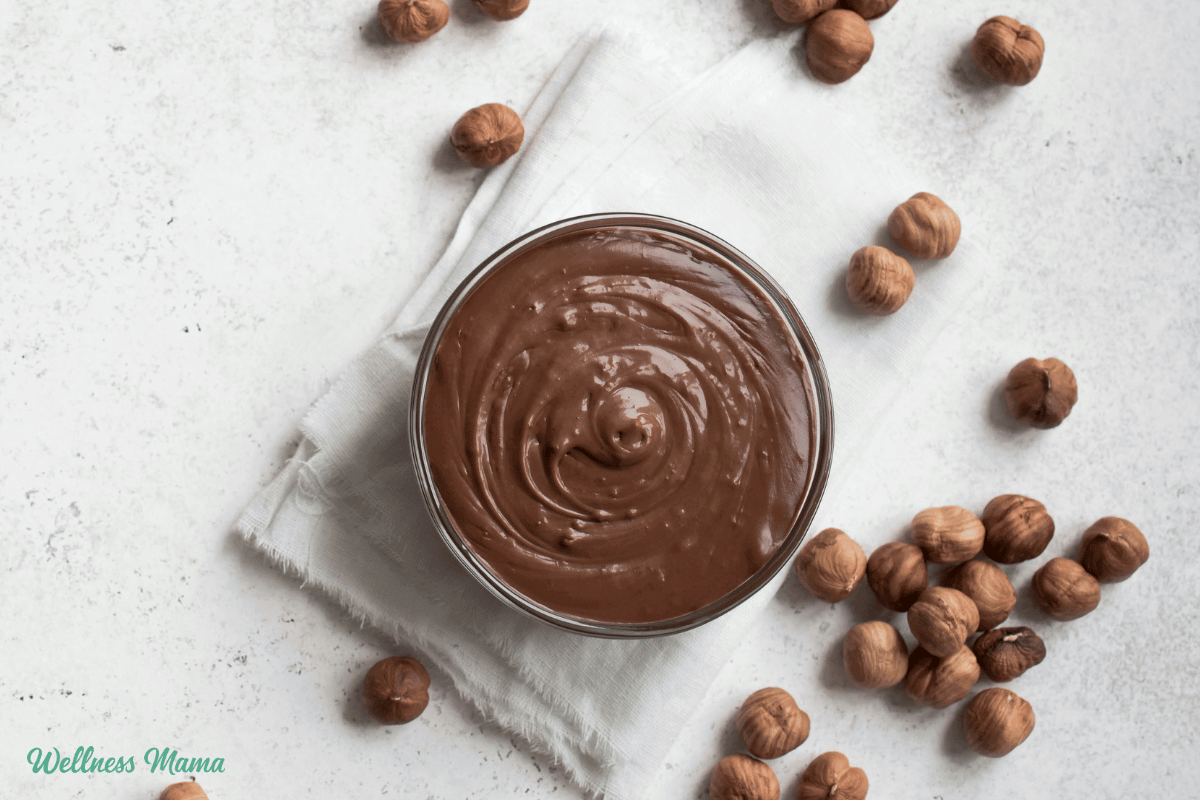









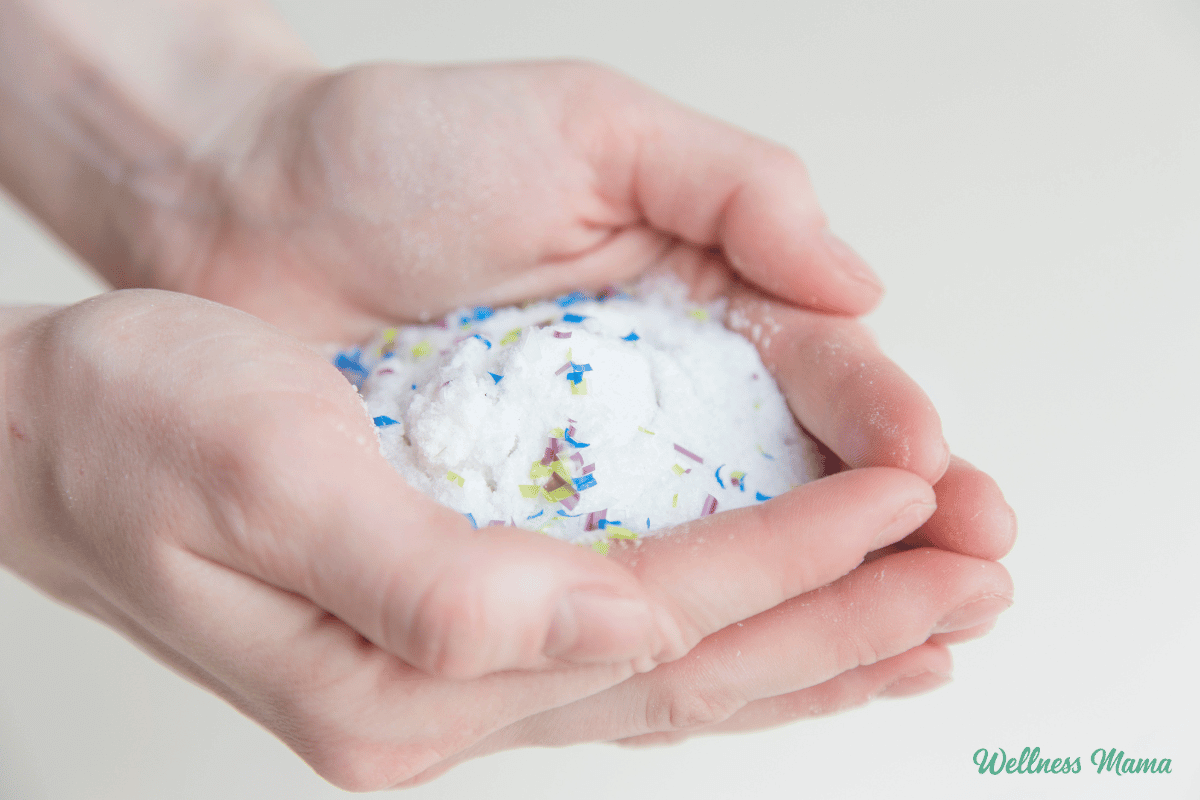

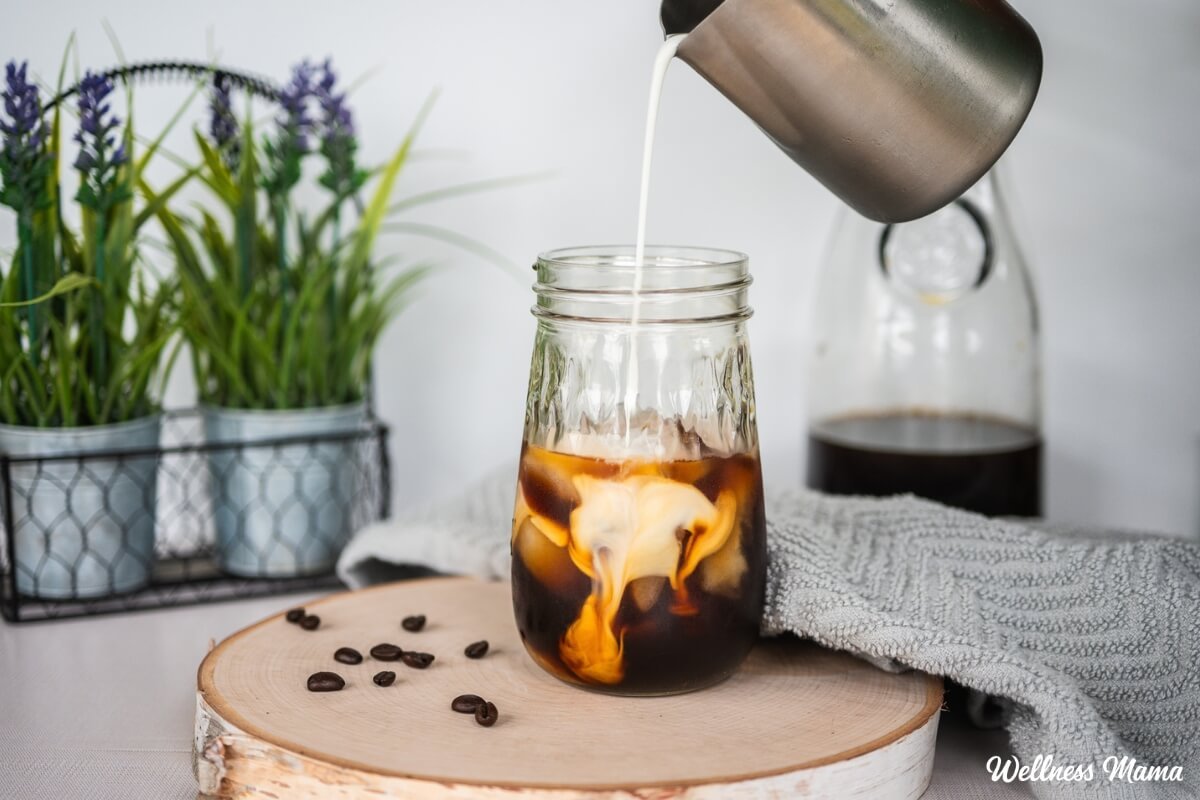
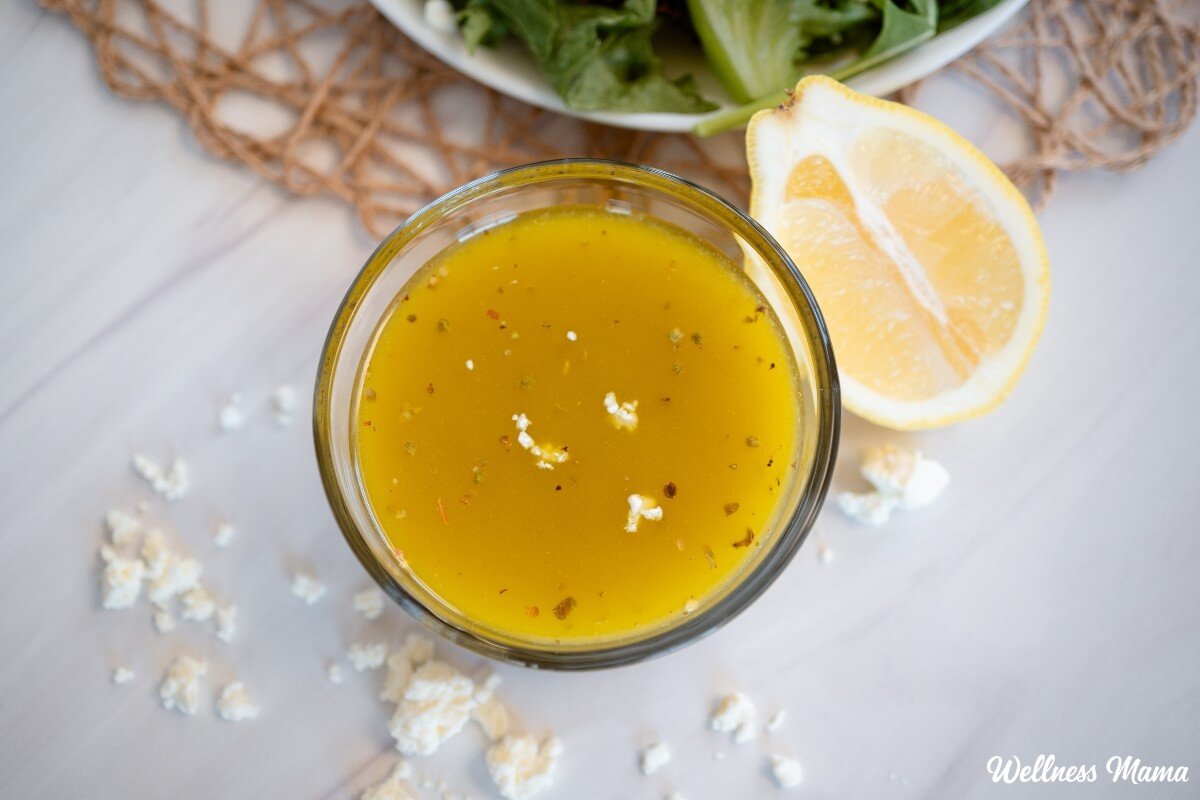
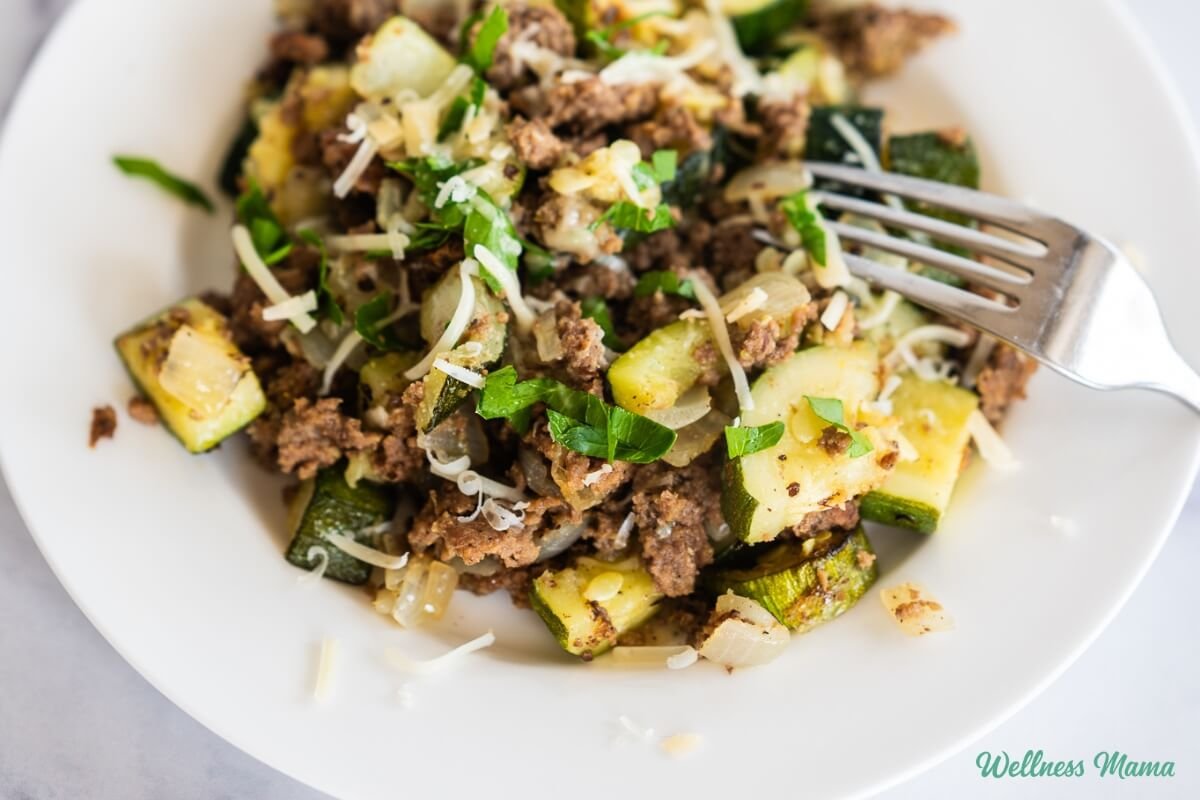
Leave a Reply